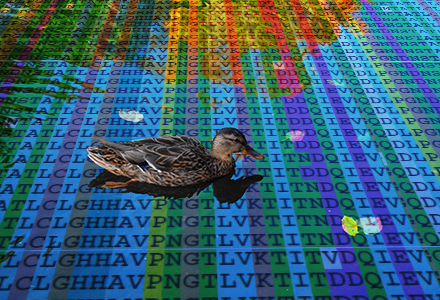Abstract
The prediction of the lineage dynamics of influenza B viruses for the next season is one of the largest obstacles for constructing an appropriate influenza trivalent vaccine. Seasonal fluctuation of transmissibility and epidemiological interference between the two major influenza B lineages make the lineage dynamics complicated. Here we construct a parsimonious model describing the lineage dynamics while taking into account seasonal fluctuation of transmissibility and epidemiological interference. Using this model we estimated the epidemiological and evolutional parameters with the time-series data of the lineage specific isolates in Japan from the 2010-2011 season to the 2014-2015 season. The basic reproduction number is similar between Victoria and Yamagata, with a minimum value during one year as 0.82 (95% highest posterior density (HPD): 0.77-0.87) for the Yamagata and 0.83 (95% HPD: 0.74-0.92) for Victoria, the amplitude of seasonal variation of the basic reproduction number is 0.77 (95% HPD:0.66-0.87) for Yamagata and 1.05 (95% HPD: 0.89-1.02) for Victoria. The duration for which the acquired immunity is effective against infection by the Yamagata lineage is shorter than the acquired immunity for Victoria, 424.1days (95% HPD:317.4-561.5days). The reduction rate of susceptibility due to immune cross-reaction is 0.51 (95% HPD: 0.084-0.92) for the immunity obtained from the infection with Yamagata against the infection with Victoria and 0.62 (95% HPD: 0.42-0.80) for the immunity obtained from the infection with Victoria against the infection with Yamagata. Using estimated parameters, we predicted the dominant lineage in 2015-2016 season. The accuracy of this prediction is 68.8% if the emergence timings of the two lineages are known and 61.4% if the emergence timings are unknown. Estimated seasonal variation of the lineage specific reproduction number can narrow down the range of emergence timing, with an accuracy of 64.6% if the emergence times are assumed to be the time at which the estimated reproduction number exceeds one.
